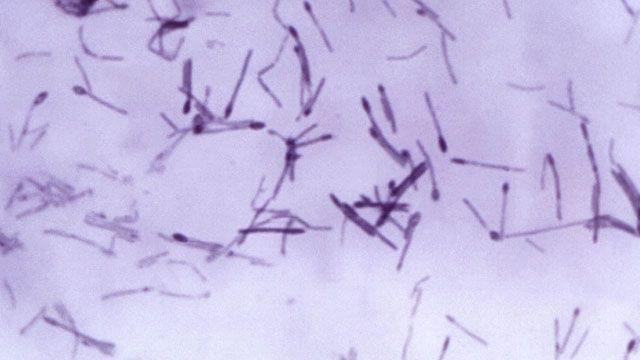Searchable tool reveals more than 90,000 known materials with electronic properties that remain unperturbed in the face of disruption.
What will it take for our electronics to become smarter, faster, and more resilient? One idea is to build them out of topological materials.
Topology stems from a branch of mathematics that studies shapes that can be manipulated or deformed without losing certain essential properties. A donut is a common example: If it were made of rubber, a donut could be twisted and squeezed into a completely new shape, such as a coffee mug, while retaining a key trait — namely, its center hole, which takes the form of the cup’s handle. The hole, in this case, is a topological trait, robust against certain deformations.







